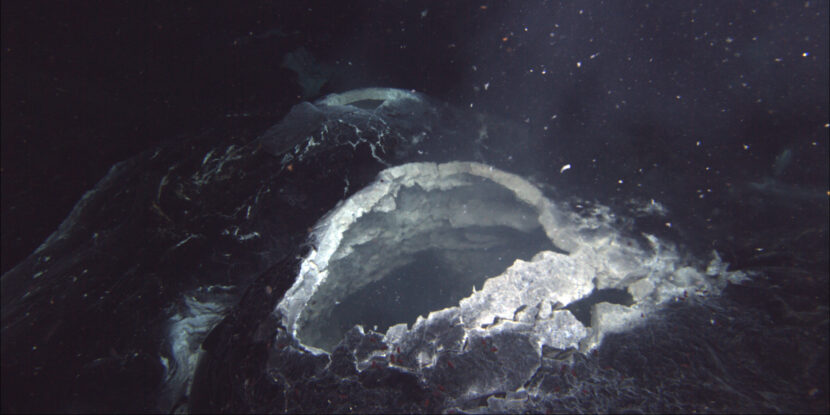Researchers who have been observing the Axial Seamount, an underwater volcano approximately 300 miles off Oregon‘s coast, for three decades believe an eruption is likely to occur in 2025. They cite a pattern of similar past activity as the reason an eruption is increasingly imminent.
“It seems to have this pretty repeatable pattern from one eruption to the next,” William Chadwick, a research associate at the University of Oregon, said in a recent interview. The scientists monitoring the deep sea volcano stress that an eruption poses no danger to humans and is distant enough to be unlikely to impact the coastal United States. Still, they note that it provides an opportunity to test equipment and theories that could be crucial in forecasting other more dangerous volcanic eruptions.
“If you were on a boat above the volcano, you wouldn’t know at all that it had erupted,” University of North Carolina at Wilmington geophysics professor Scott Nooner said.
The Axial Seamount is recognized as the most active submarine volcano in the northeast Pacific. Over the past 30 years, it has erupted three times, with a consistent pattern observed between eruptions. Recent monitoring reveals that the volcano has been inflating due to accumulating molten rock, a precursor noted in previous eruptions, leading scientists to expect another within the year.
Monitoring efforts include deploying instruments and cables extending from the shore, such as seismometers, to gather earthquake data around the volcano. According to Chadwick, this setup provides real-time insights around the clock, a rarity in volcanic observation.
Another expedition deployed the remotely operated vehicle Jason to the site in June 2024. The research objective is to improve long-term volcanic eruption predictions. Traditionally, forecasting eruptions beyond a short timeframe poses challenges, but as Chadwick highlighted, studying underwater volcanoes like Axial allows safer experimentation without risking public panic from false alarms.



















